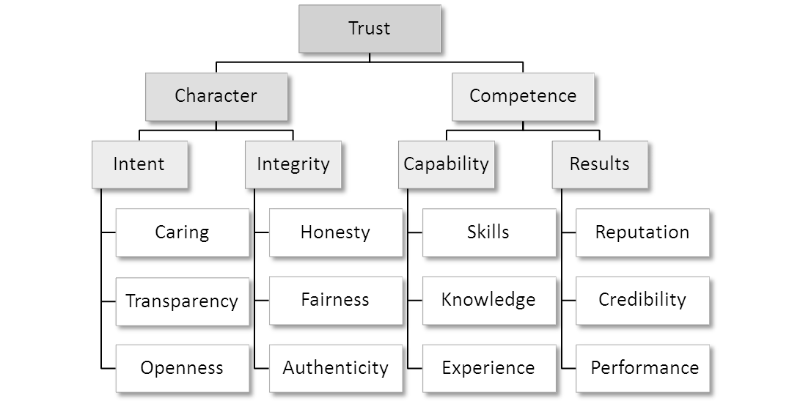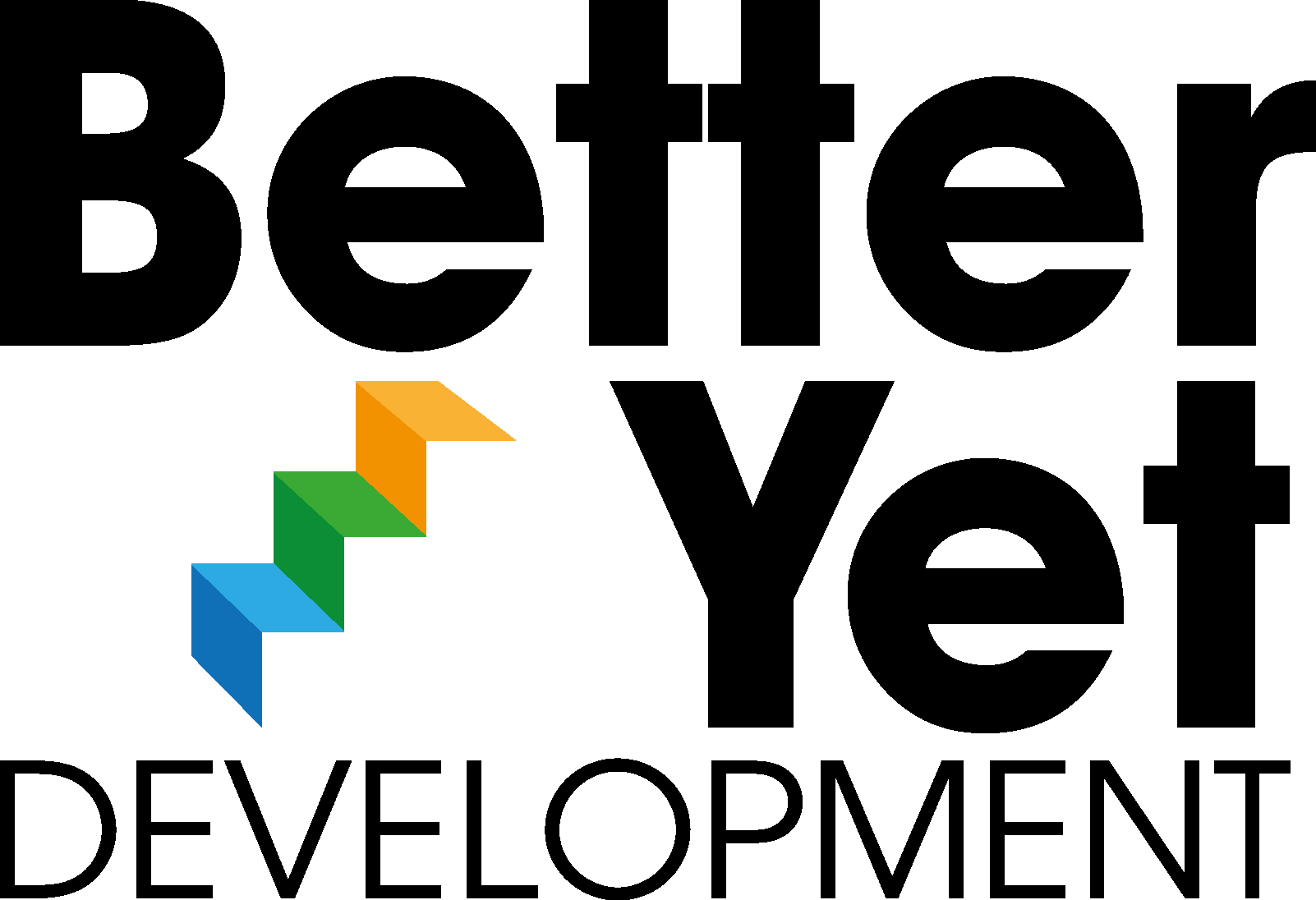The future is hybrid.
For many, it looks certain that at least part of the working week will continue to be home-based. That means teams will spend far less time physically together than would probably have been the case pre-pandemic.
Whilst most employees currently welcome the opportunity to carry on homeworking for at least part of the week, plenty of companies are understandably nervous about the dilution effect on culture and the consequences of reduced social contact.
One of the most frequently stated concerns over the last year was whether, over the long term, teams could maintain the levels of trust needed to succeed remotely.
I spend a lot of my time working with teams – team coaching and team improvement are important parts of my practice. I thought it might be helpful to share what I’ve seen some teams do over the last year to maintain and even increase trust.
The first point to make is that those teams managing to increase trust in the last 12 months have done so intentionally. They already knew how important trust was to team performance and were aware of the risk posed by enforced long-term remote work. Maintaining trust was part of the discussions and plans for how the teams were going to weather the Covid storm, right from the very start.
Here’s what else the teams who maintained and increased trust through their Covid experience actually did. It seems to fall into 3 categories of activity.
Core team processes
- Some of the teams I work with had been measuring and monitoring trust on an ongoing basis before the pandemic struck. Tools like Richard Barrett’s Trust Matrix (below) provide a useful definition as a starting point. These teams systematically identified the aspects of trust that were either strong or required more work – collectively and individually – before committing to action and checking-in regularly to monitor progress.

- Trust has been maintained where most attention has been paid to “team norms”. Team norms are simply a set of agreements for how the team will work together. I refer to this as a Team Agreement and it’s often one of the first things I’ll work on with teams, together with how it will be implemented and maintained. Team Agreements are usually based on what’s getting in the way of the team being more effective; with the process of identifying the agreements and discussing how they will be collectively reinforced requiring a trust-building level of openness and collaboration. The teams where trust has grown most visibly have revisited their Team Agreements 3 or 4 times over the last year.
- Trust grows from collaboration. The better people know each other, the faster trust develops. Team members get to know each other by actually working together, rather than simply attending meetings. The teams that have prospered through this enforced remote working experiment have gone out of their way to create opportunities for team members to meaningfully collaborate on important projects. One team I work with amended their Team Agreement at the start of the crisis. They emphasised that collaboration was key and that work would be divided into smaller subgroups, with an expressed aim that everyone on the team would get an opportunity to work with everyone else during the course of the year.
- Teams rarely exist in isolation and trust between teams is also vital. The smartest teams I’ve been working with have taken the lead in initiating contact and mutually agreeing expectations with other teams in their workflow.
Revamped communications
- Trust requires free and open communication. Remote working has put a strain on how all organisations communicate and after a year, we’re all feeling an amount of “Zoom fatigue”. I’ve seen teams very intentionally review how they communicate to promote and reinforce trust. One example saw a team shifting regular meetings from progress updates to problem-solving or innovation sessions, with engagement and participation increasing significantly as a result. This team made frequent use of Zoom breakout rooms to enable deeper discussion and closer working. Care was taken by the team leader to ensure that challenges and innovation topics were identified in advance from across the team. The progress updates, which had previously taken up most of the meeting time, were shifted to Sharepoint and individuals encouraged to connect with each other if they had any questions or issues.
- Where remote team leaders have built trust, they’ve paid attention to the details of communication – time of day for meetings, duration, minimising slide sharing, encouraging cameras to be switched on, making sure of a broadly equal contribution from all participants, etc. Of course, most of these principles should also have applied in face-to-face settings, but somehow the details matter more now. It was interesting to see the impact on team behaviours when one leader, aware that discussions were too frequently dominated by the same 3 or 4 voices, made a point of changing tack and giving each team member in turn 2 minutes to share their take on the challenge under discussion.
- Research suggests that when we spent most of our time in offices, “chit-chat” formed about a third of what we said every workday. These light and often trivial conversations helped connect colleagues, staved off workplace loneliness and formed the basis for trustful collaboration. Vigilant team leaders have worked hard to find alternative means for “shooting the breeze” from encouraging the use of instant messaging to dedicating time for informal chats in regular meetings.
- There’s mounting evidence to show that high trust, psychologically safe teams, where individuals feel free to be themselves and say what needs to be said, without fear of judgment or censure are both better performing and more innovative. Leaders set the tone in these teams by being open, showing an amount of vulnerability and establishing a culture where help-seeking is the norm.
A focus on performance
- There have been stories in recent months of nervous organisations deploying spyware to monitor the productivity of remote employees. This could suggest both a lack of trust and incompetent management. Leaders of the best performing teams manage by outcomes, rather than effort or attendance. They agree high-quality objectives, ensuring checkpoints along the way and remain accessible in case they are needed. They don’t micromanage or get in the way, they trust their teams to do the job.
- Trust increases when we know that we’re being managed fairly. This means the leader being equally accessible to all of the team, possibly increasing one-to-one contact and being sure all performance, whether it exceeds or fails to meet expectations, is responded to appropriately. Some would say that it’s harder to manage performance when the team are all working from home, but if there is a reliable one-to-one schedule, with a focus on objectives and outcomes, this absolutely need not be the case.
- We know how important fair and accurate feedback is in driving performance. Of course, not being co-located presents challenges to a natural feedback flow and certainly the timeliness may be impacted. Again, the most effective teams and leaders that I’ve worked with through 2020, recognised that feedback was important and would require more effort – both from the leader and team colleagues. Many teams enshrined feedback principles in their Team Agreement and discussed way back in March of last year, how they would adapt to ensure constructive feedback remained a feature of the way they worked.
- Whether working in an office or remotely, all teams suffer setbacks. The response to these challenges says a lot about how trust is working for the teams. The most effective leaders empower their teams to solve problems and implement solutions. Of course, teams need confidence that the leader is there to support them when necessary, but knowing they are trusted to make decisions and put things right has a powerful motivational and performance-enhancing impact.
Whilst by no means an exhaustive list, I hope the examples above not only provide food for thought, but also demonstrate that with the right leadership and a few adjustments, trust really can prosper in remote and hybrid work settings.
If you’d like to know more about building trust in teams or ensuring that teams don’t just survive, but thrive in the current context, please just drop me an email or call me on +44 (0)7967 352602.

